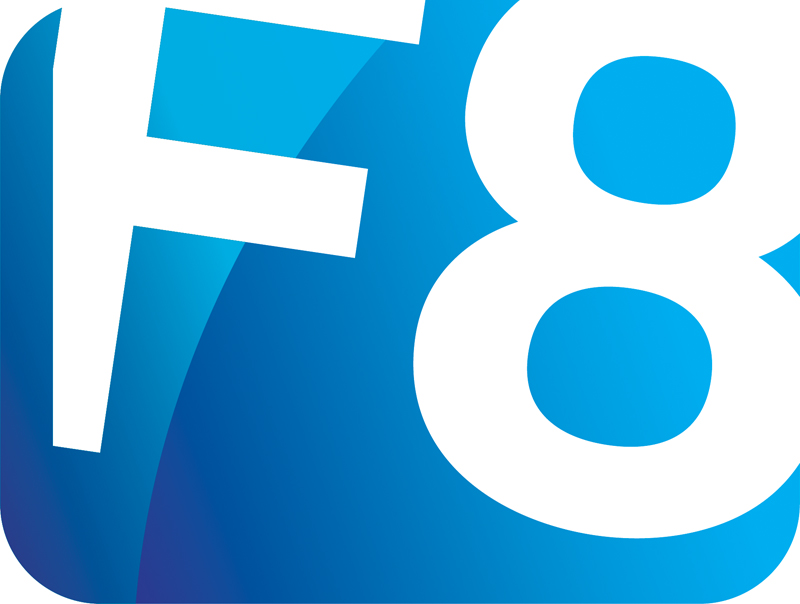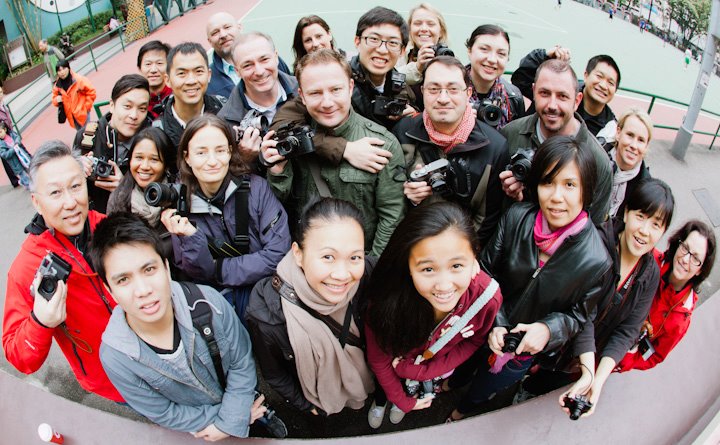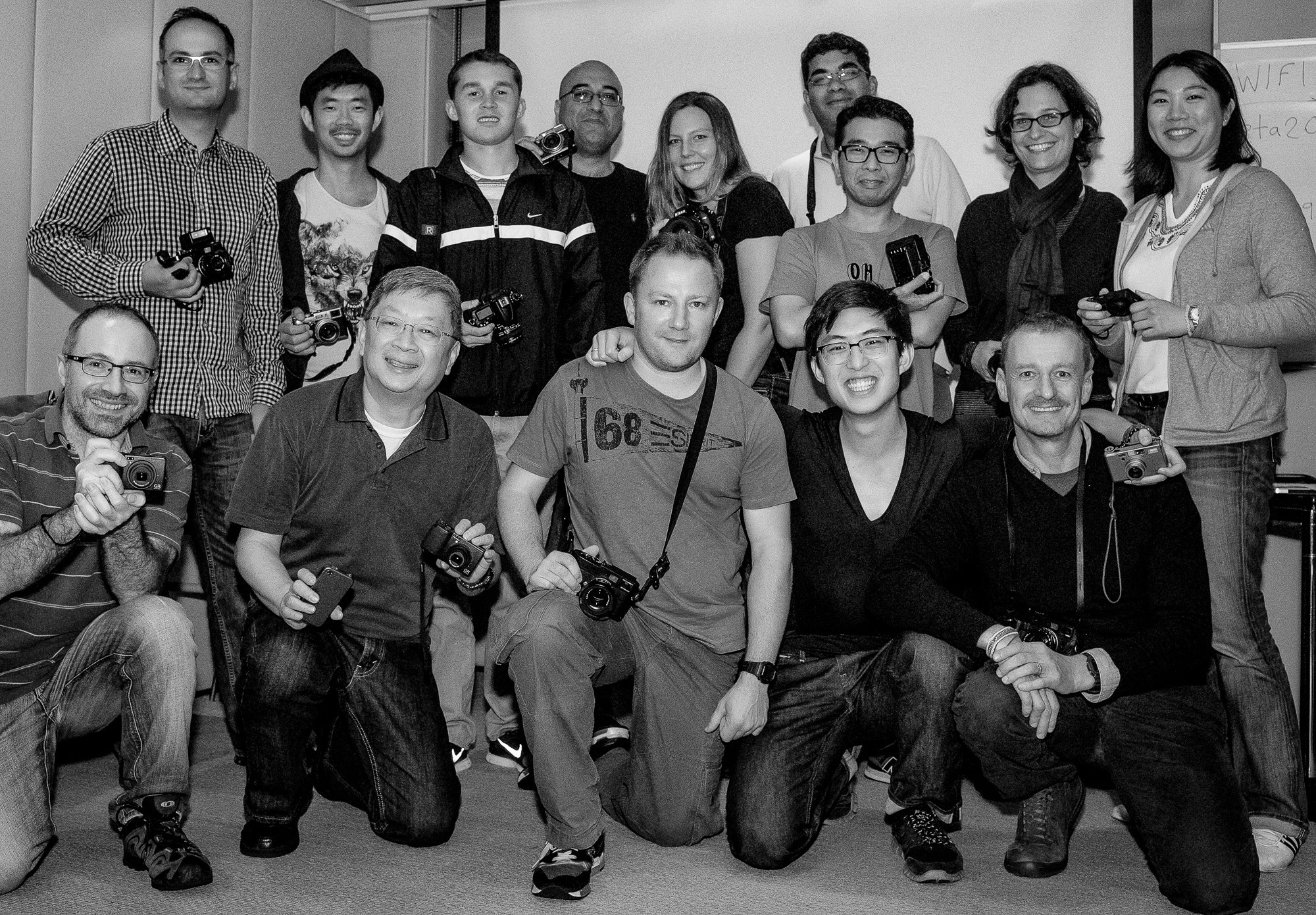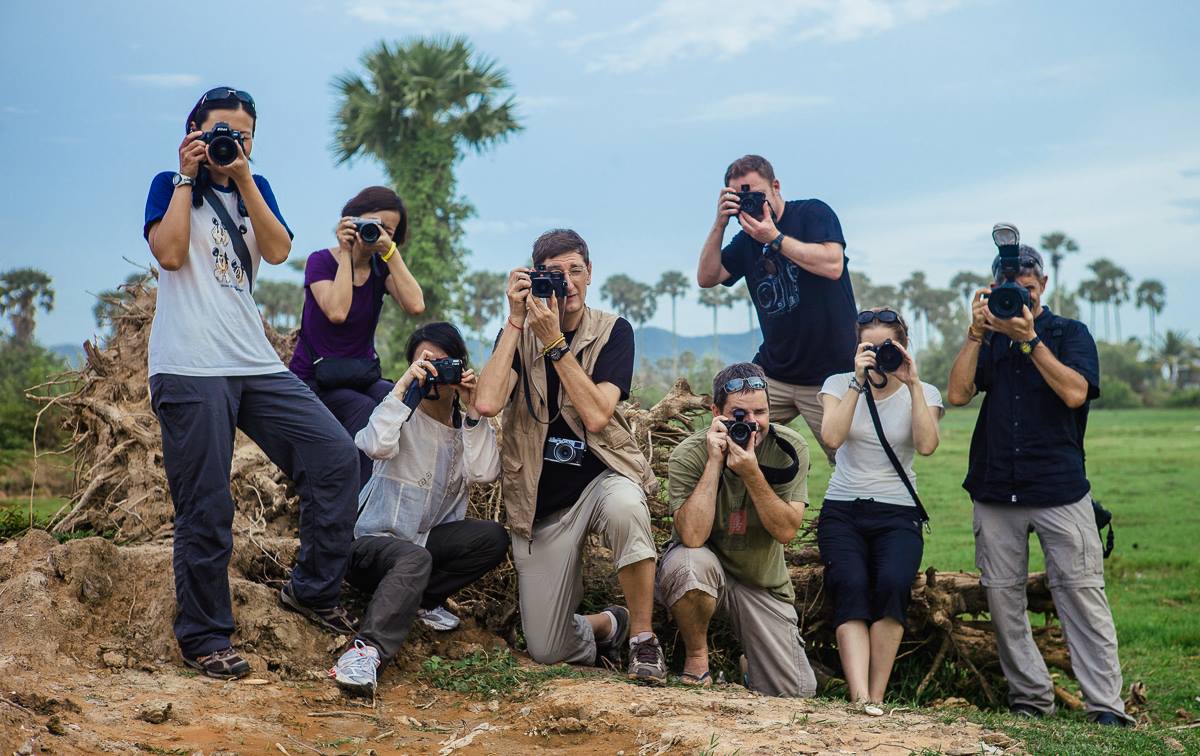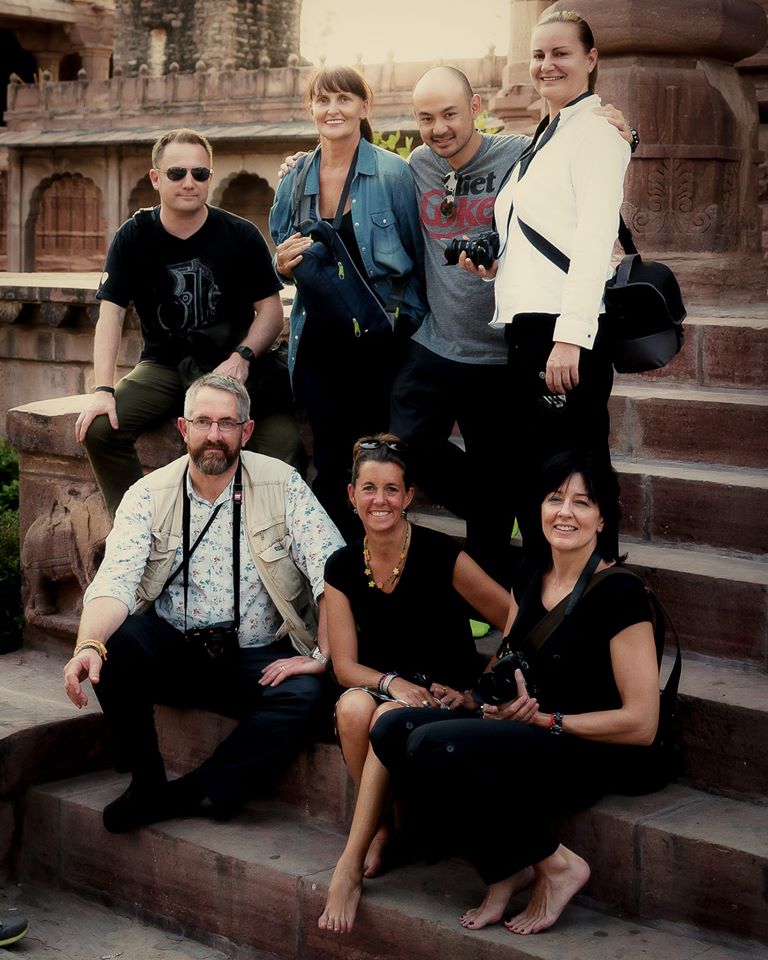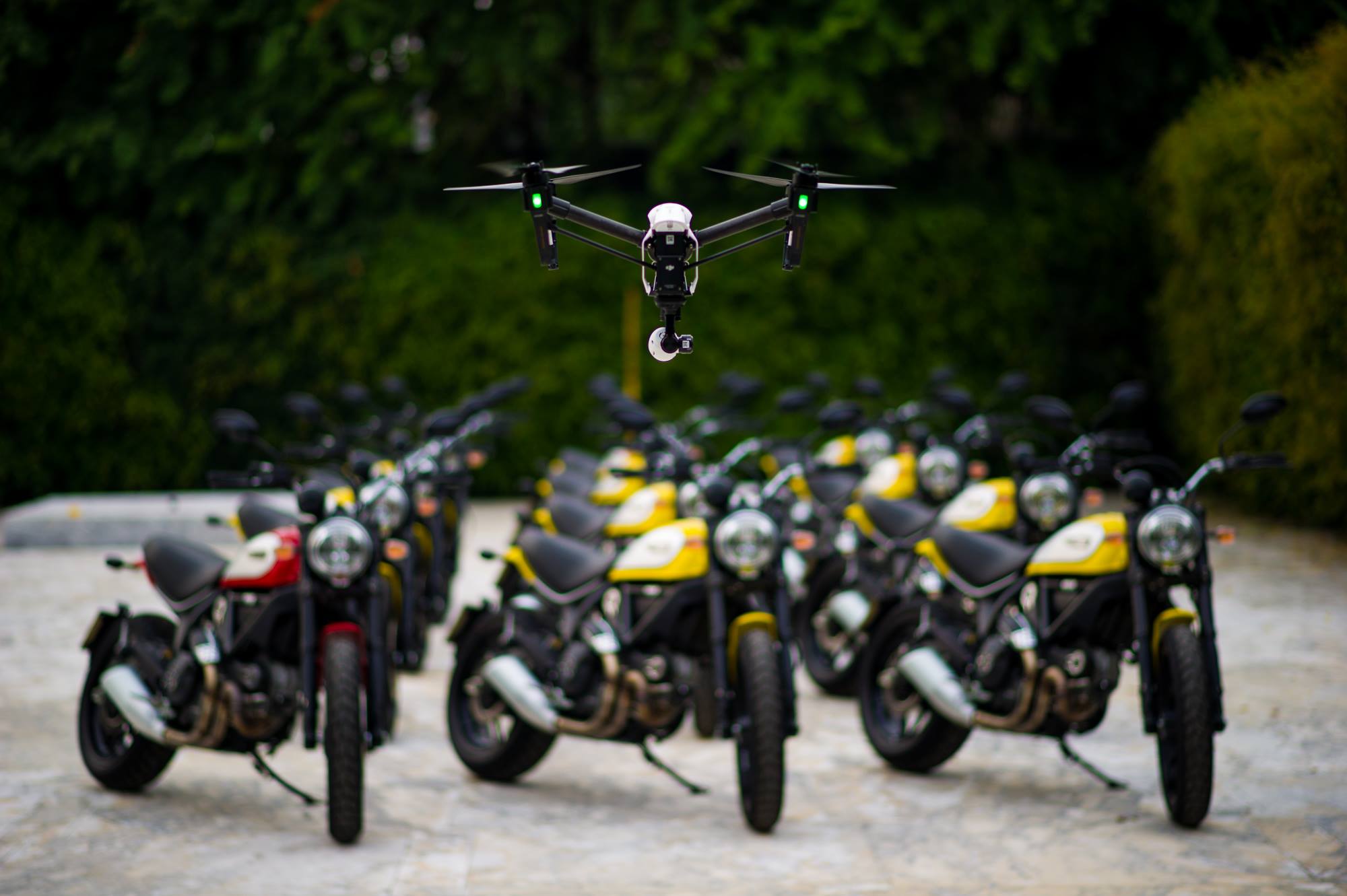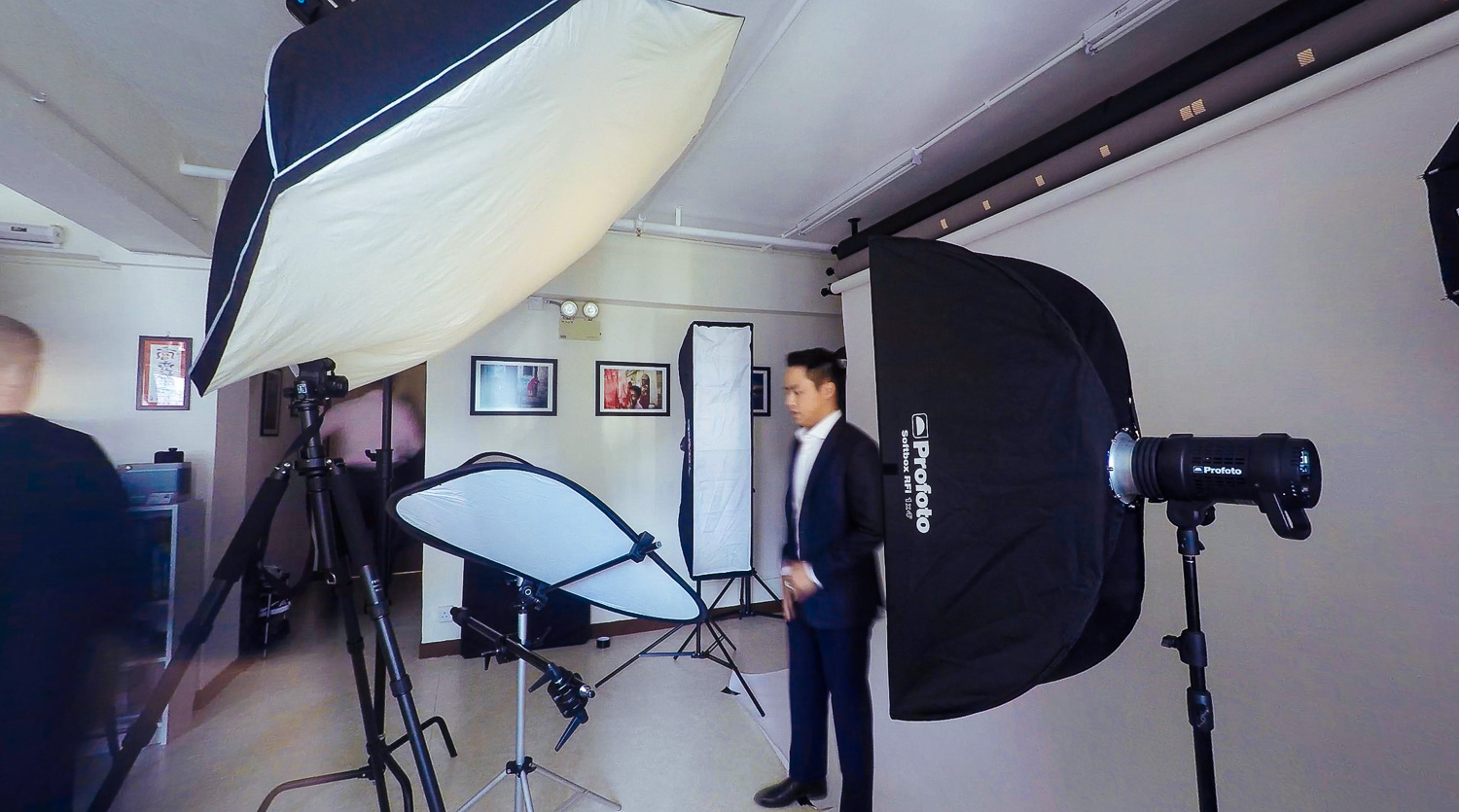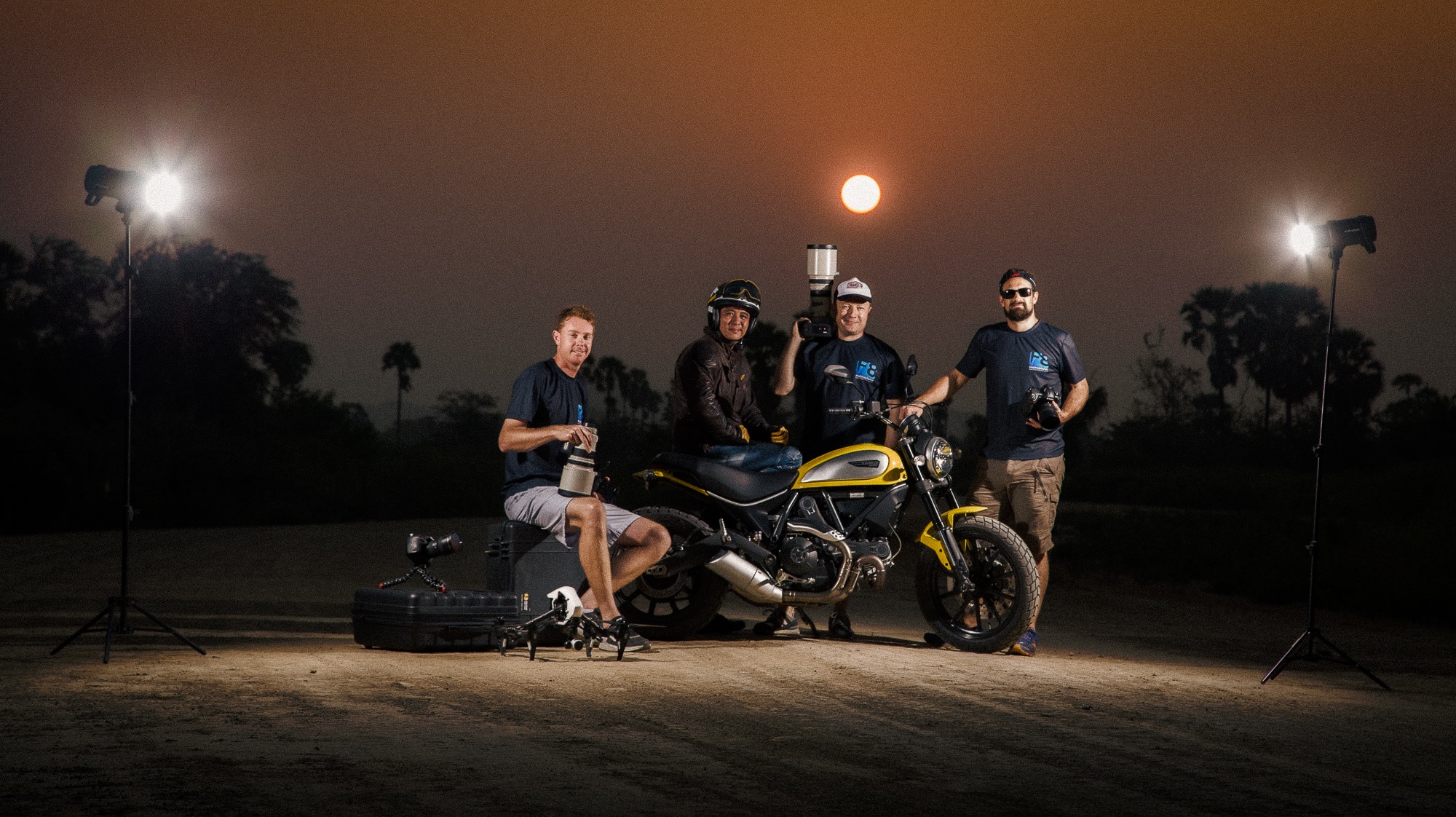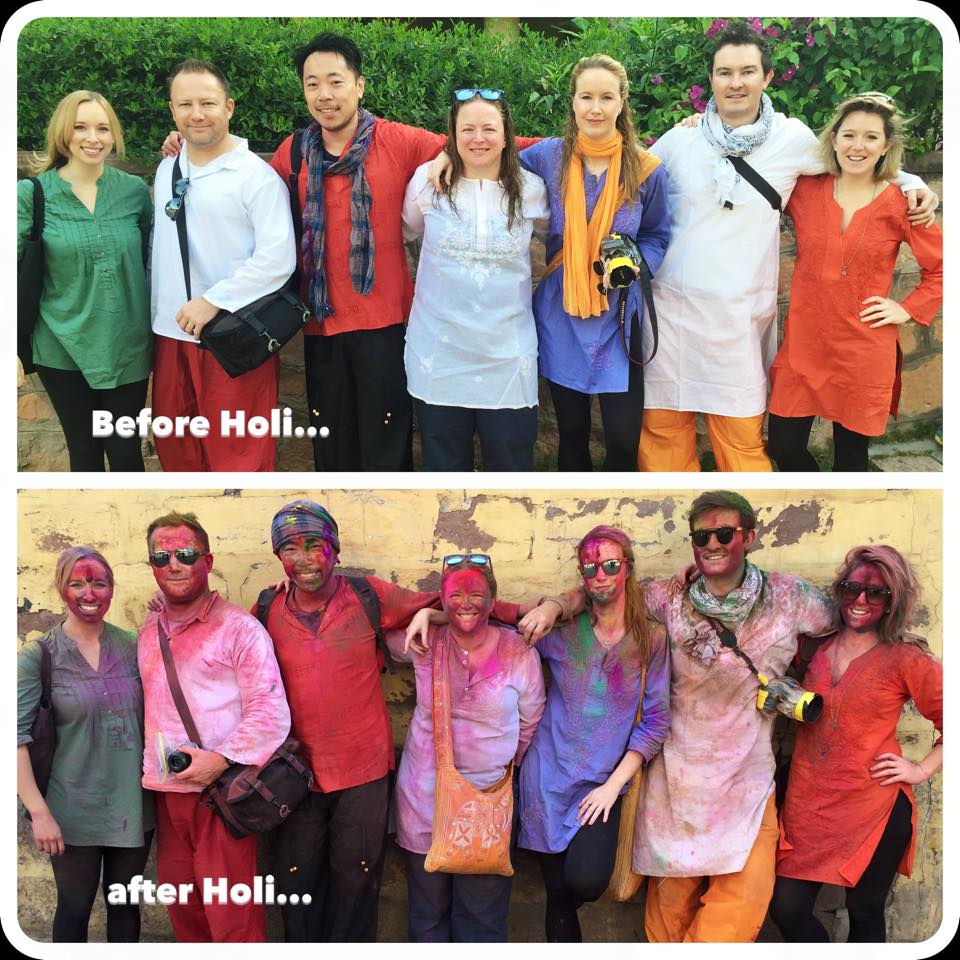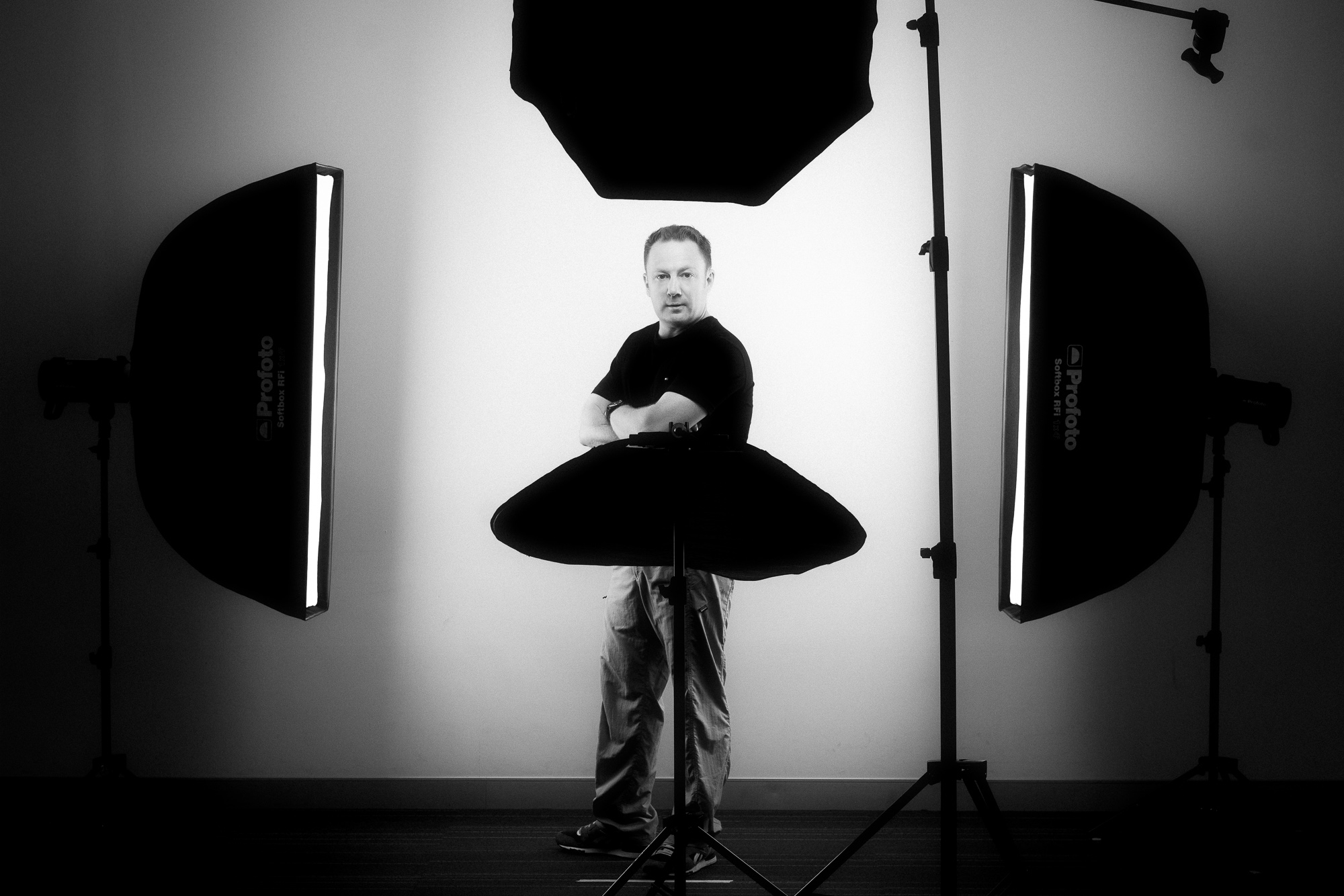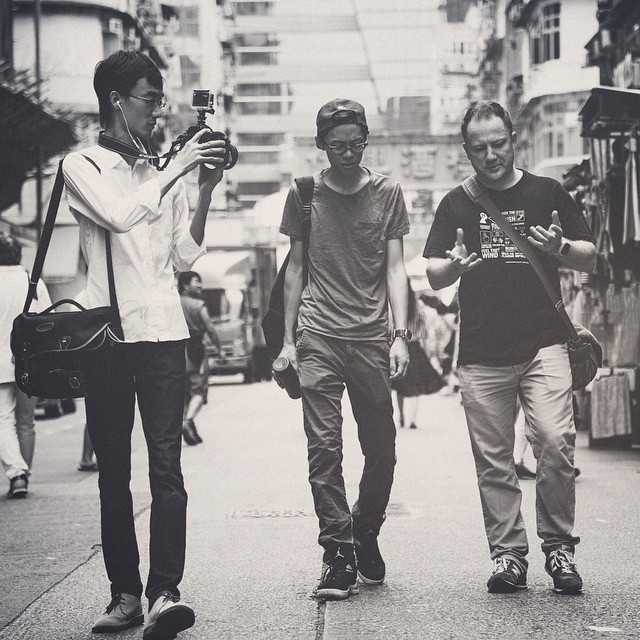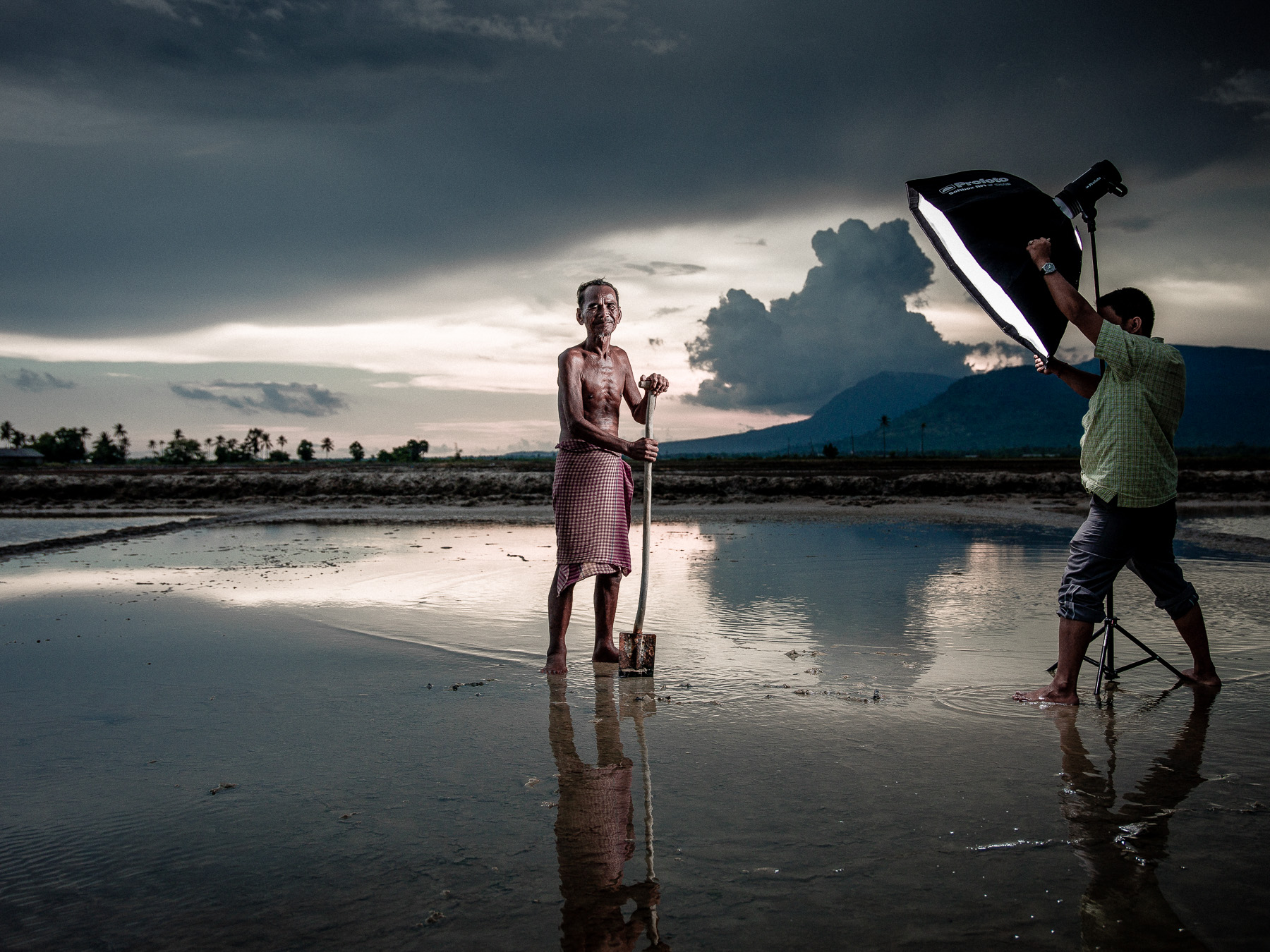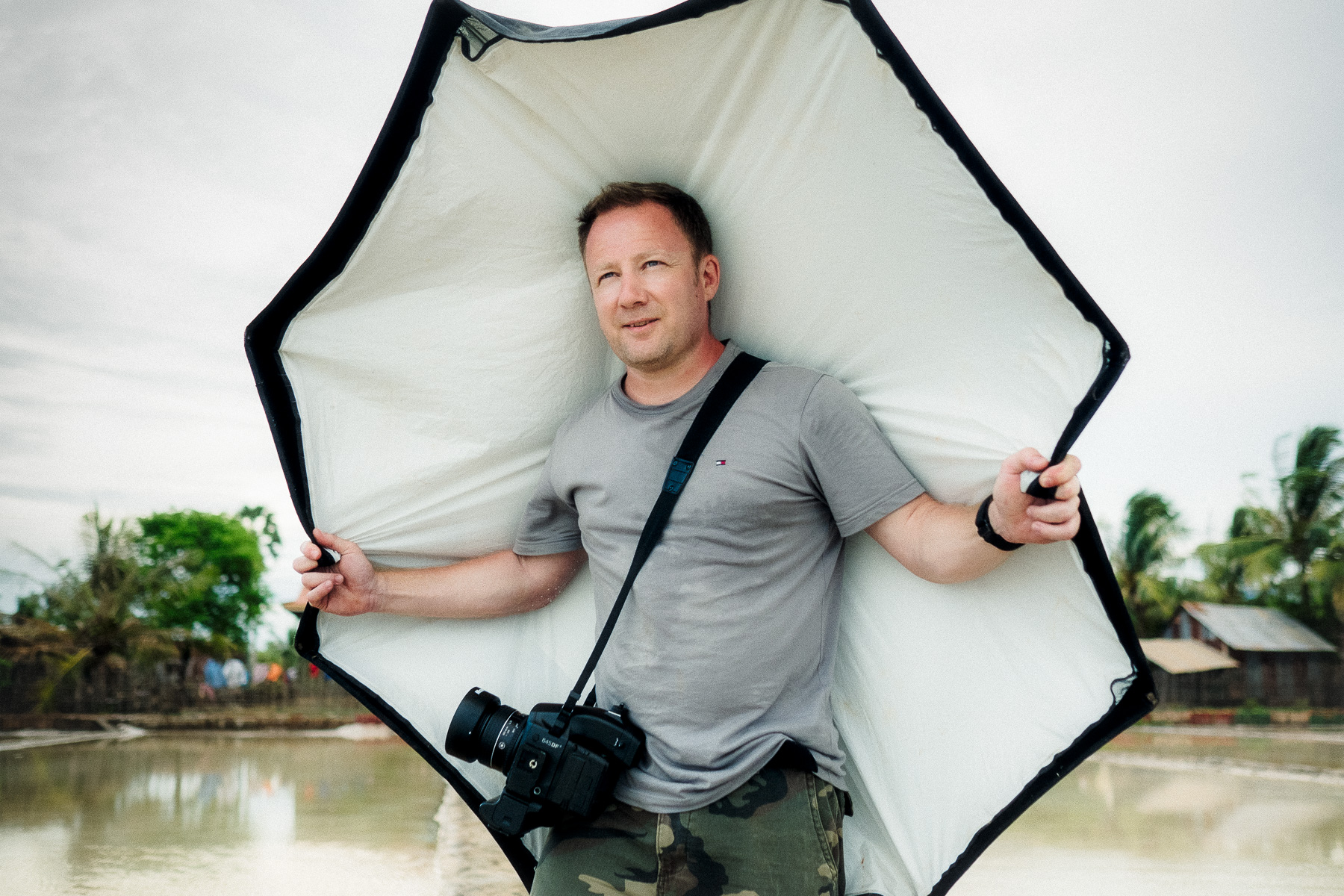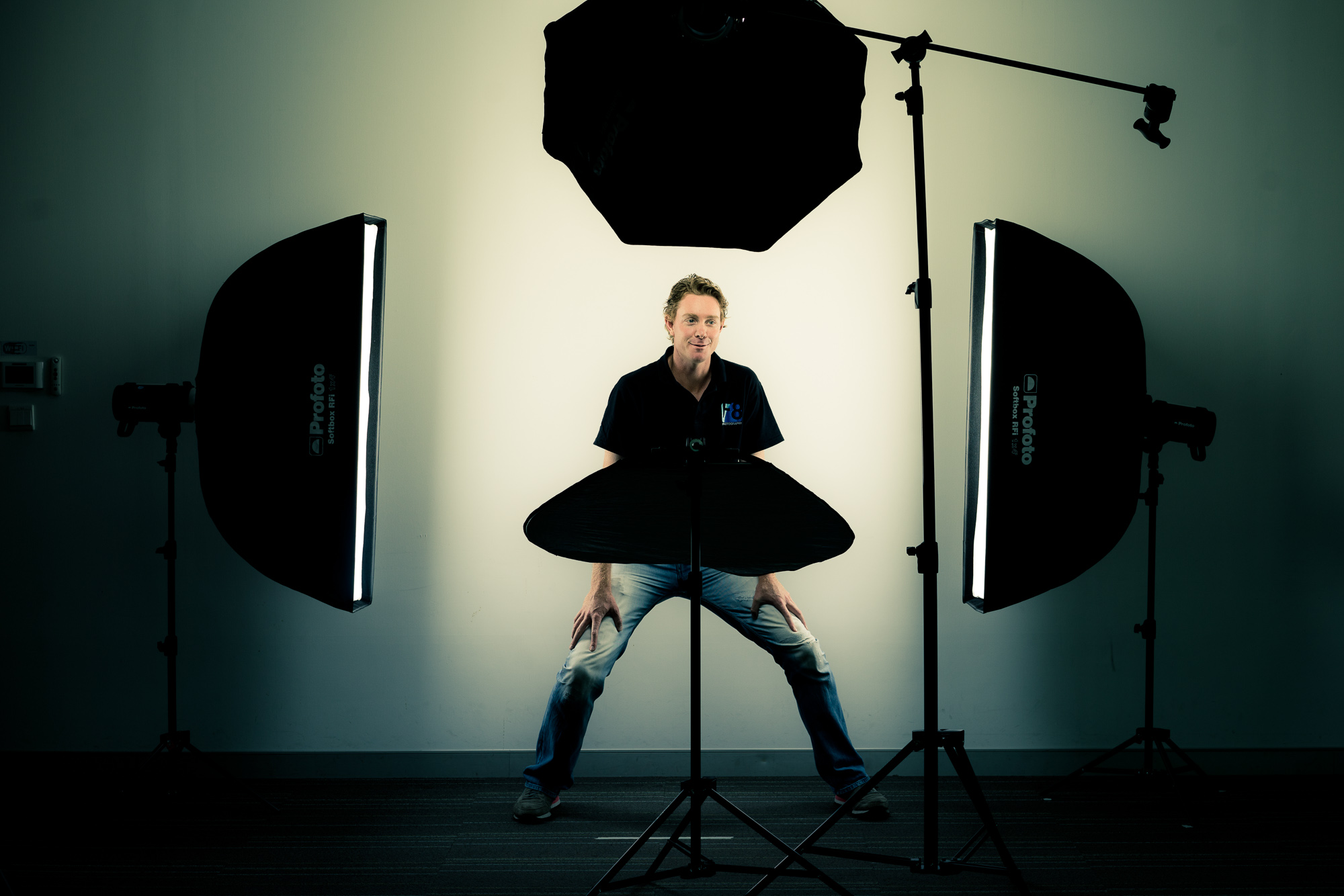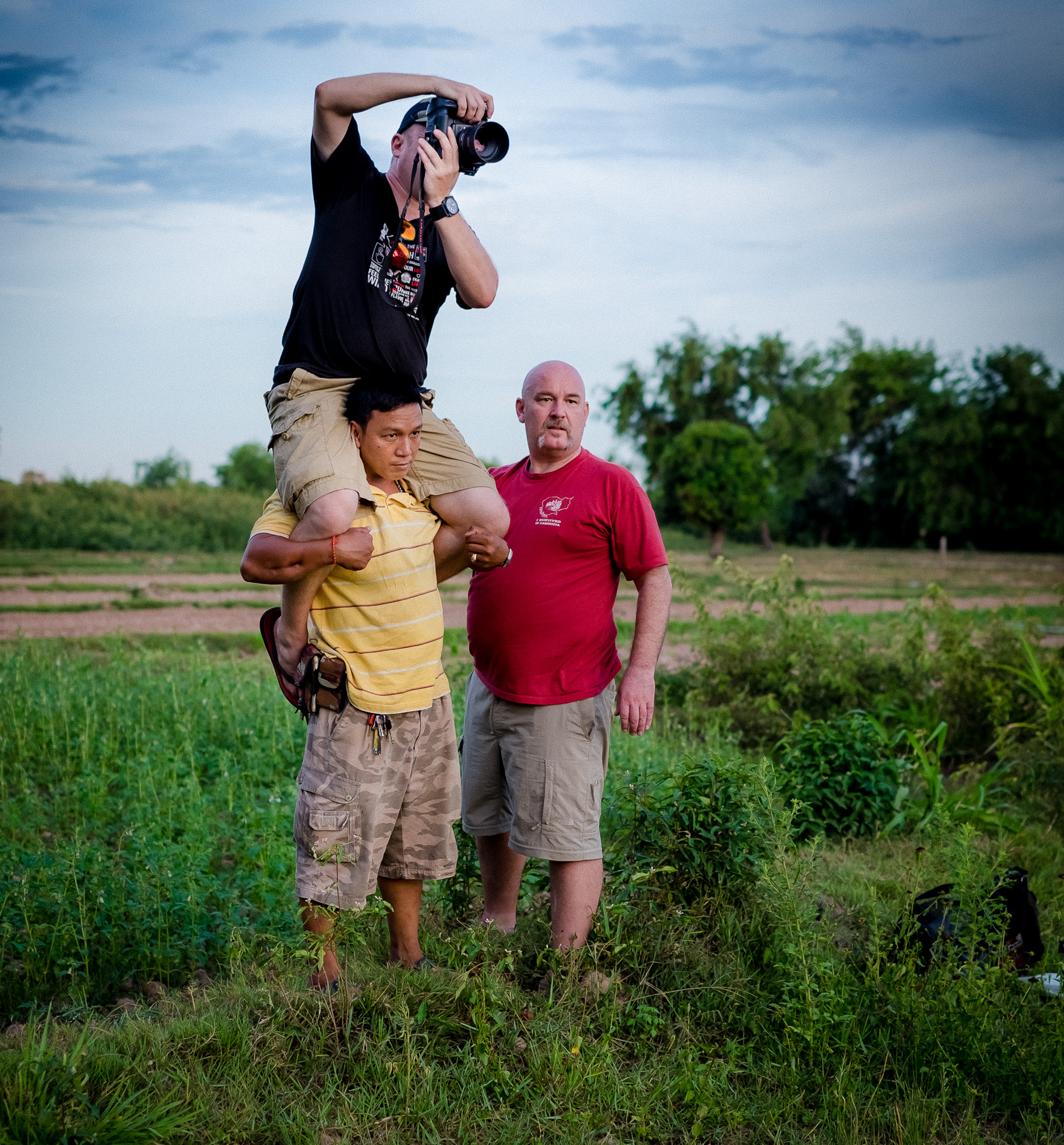Fuji X-T1 review in Hong Kong, Korea & Cambodia
/Update (17th April 2014): we have now written a second review on the Fuji X-T1, specifically related to weather sealing when shooting the Thai New Year water festival...you can see that here at this link. I don’t write many camera reviews, so I apologise in advance if I miss out key features or concerns people have with this camera. My aim here is to given my honest opinions about the things I have discovered about this system in the last 3 weeks using it, this is definitely not a technical review.
I travel a great deal with my photography business around Asia and I feel this qualifies me to have an opinion that may be useful to others who are considering this system as a travel rig. I feel camera is worthy of mention for many reasons, hence I’m writing this first thoughts style ‘review’.
For those that can't be bothered to read my blurb and just want to cut to a quick conclusion, I'll say this straight out: The camera is fantastic in almost every sense, great image quality, very user friendly experience, best EVF by far, autofocus can still be a little laggy in low light, but apart from that, there ain't much wrong with it. Now first here's my first few images shot with this camera, followed by my review:
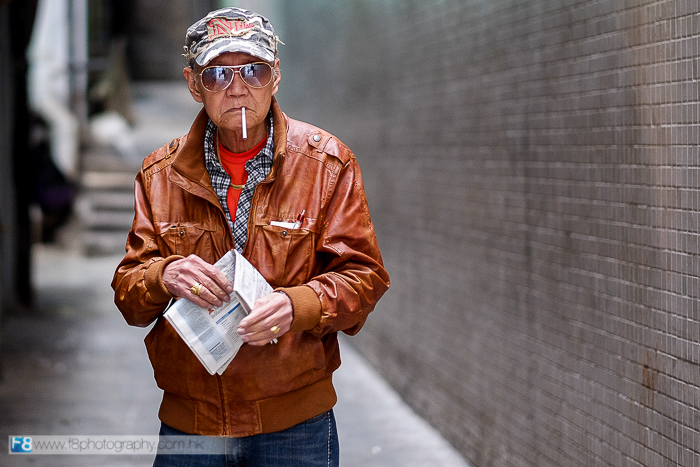
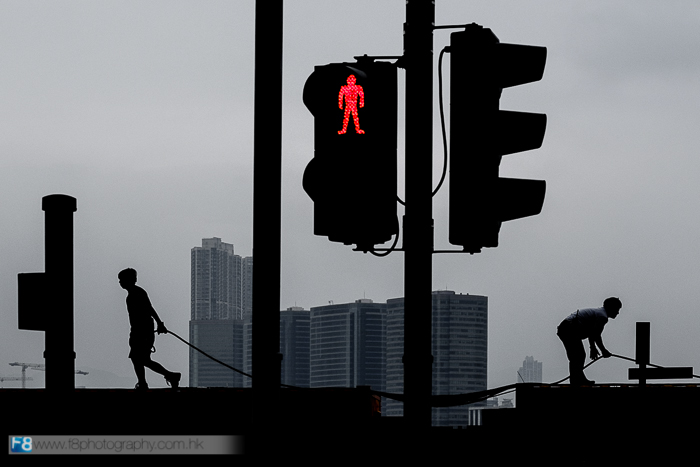
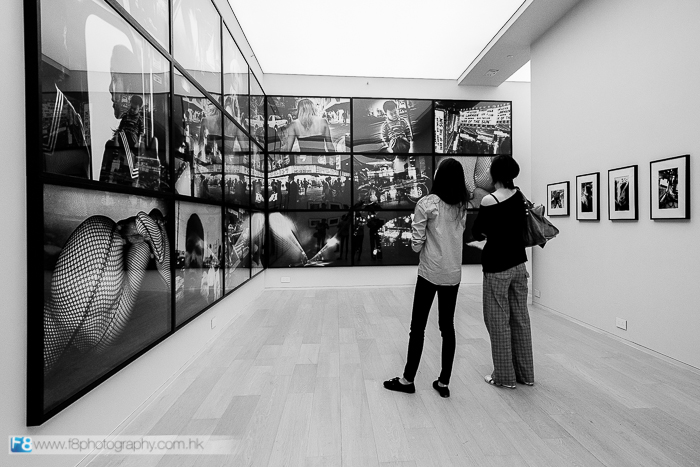
THE CAMERA BODY
I love the look of the camera, its the perfect size for a travel camera for me, un-obtrusive, light, weather sealed (unfortunately none of the current lenses are as at April 2014 as far as I know), but at least I can shoot it in the rain and not worry too much...
The finish of the camera is great, feels like knurled leather, so its 'grippy' when holding it, something I didnt like about the Sony A7, which felt almost 'slippy' in my hand due to its glossy finish. This feels better to me, similar to the Ricoh GR in the sense that it won't slip out of your hand. It also has a good built in grip (this can be improved with the addition of either the battery grip or standard grip, both optional accessories from Fuji.
The only thing I don't like so far about the body is the SD card door, it seems to open itself quite often, loose fitting design, and is very flimsy in quality, feels like that will be soon snapped off the way i use my cameras....so thats a bit of a failing in my view...they've worked so hard to get most things very very right, then put on a flimsy SD card door that you open and close every time you shoot to get to the card, not a dealbreaker, just a little annoying, so much effort into other areas, why not make this stronger and more durable...
LENSES
Its already well documented that the lenses from the Fuji X-Series are all pretty damn good, I would go as far as to say most of them that I have used are SPECTACULAR. The lenses I am using on this system are 14mm, 18mm, 23mm, 35mm and 56mm equivalent to roughly 21mm, 28mm, 35mm, 50mm and 85mm. That covers everything I would ever need. My favourites so far are the 14mm for close up street photography, the 18mm for 'normal' street, the 23mm for environmental portraits, the 35mm for general photography and the 56mm for portraiture and isolating subjects in the street....As you can tell from that statment which started as 'my favourites so far'....ALL of them are my favourites, I have enjoyed using each and every one of them for my own reasons and I will post some images here below sampling each lens which should help clarify how they fit into my compositional eye differently each time.
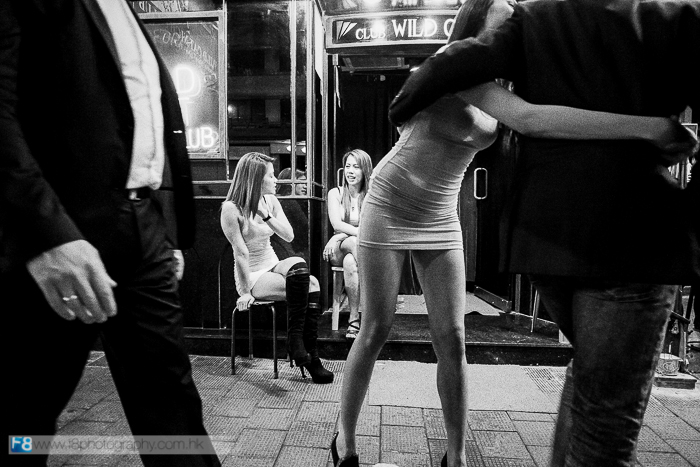
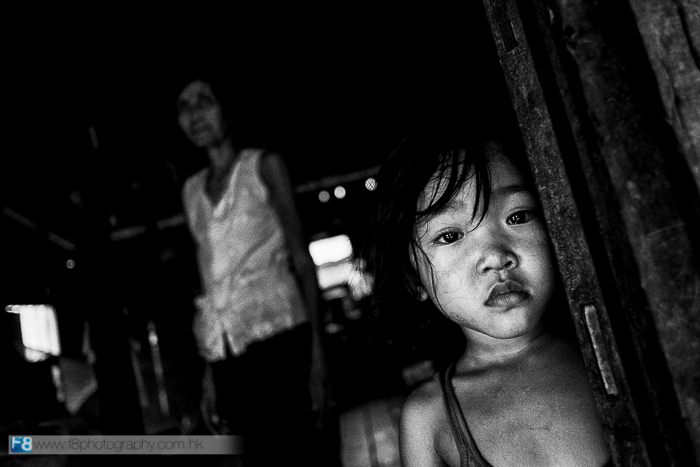
-
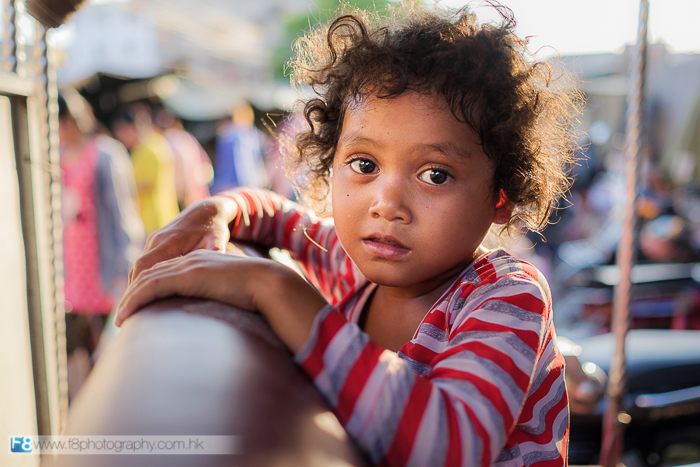
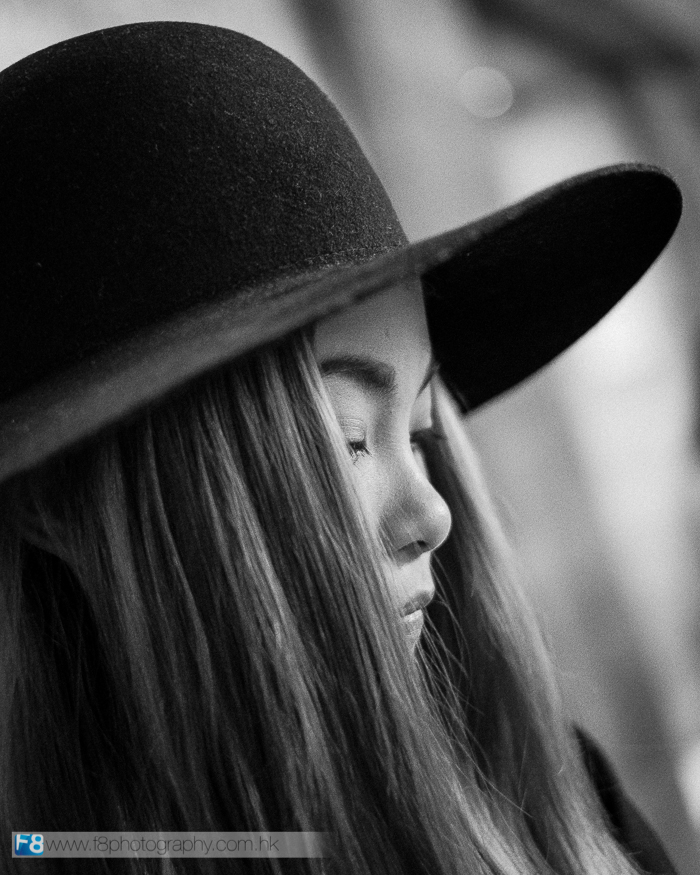
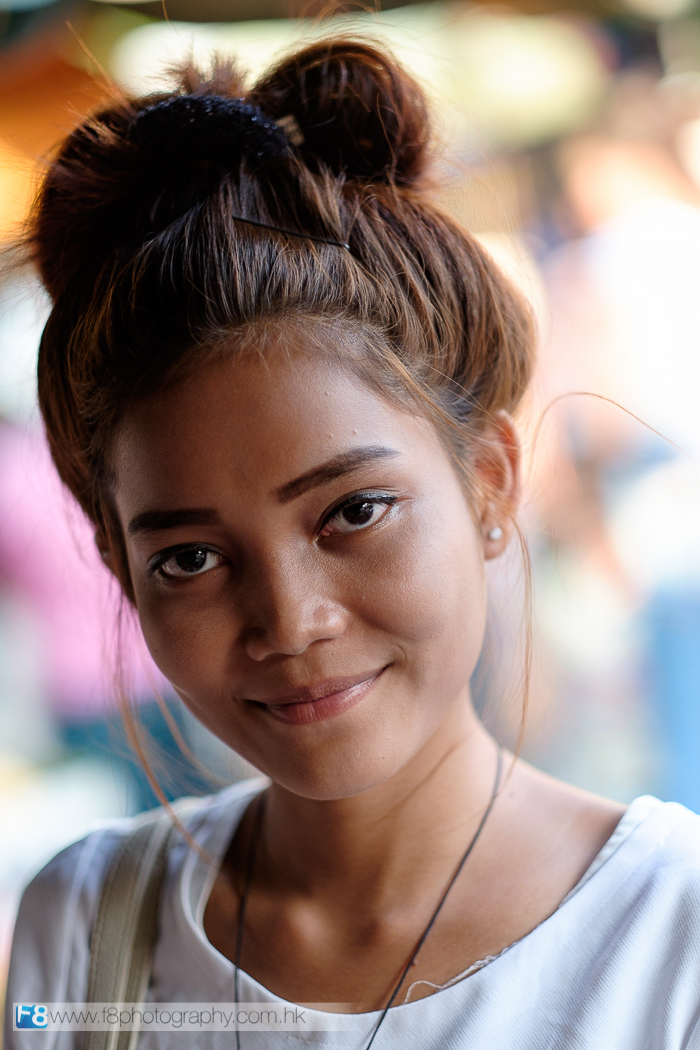
SO, WHICH LENSES DO I REALLY NEED?
If you just want to keep it very simple, I would say the 35mm 1.4 (equivalent to 50mm) is a great start off lens for general purpose usage if you don't usually get very close to your subjects (by close i mean touching close..lol)....the 18mm is also great and very small (these 2 are also the cheapest of the lot, so not a bad starting point for a portrait lens and a wider street use lens), that said, the 56mm is sublime, probably the best lens I have ever used for portraiture, especially on a 'non full frame rig', amazing quality in every sense, the 14mm is unmissable if you are wide angle street shooter (with its clutch allowing you to quickly manual focus also)...and the 23mm (35mm equivalent, is great, although larger and heavier, probably that would be my choice if someone said you could only have 1 lens.

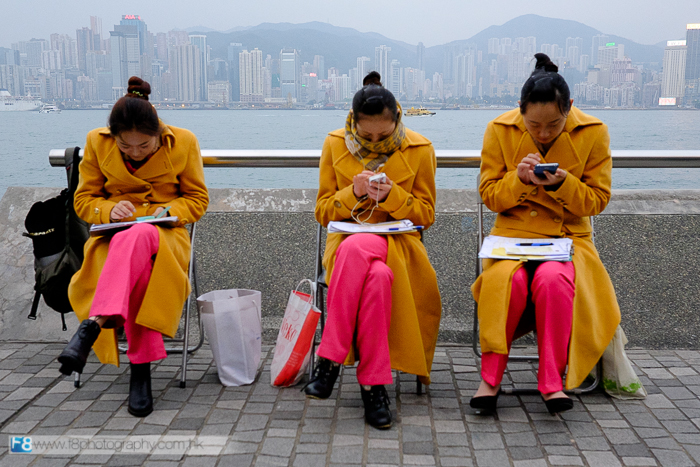
IMAGE QUALITY
I am not a massive fan of shooting JPEGS, I like RAW. I was able to get hold of a pre-release version of Adobe Lightroom 5.4 which supports the Fuji RAW files including allowing you to use the camera profiles (Astia, Provia, Velvia, Pro Neg, etc, etc) directly onto your RAW files. This was a very very cool addition to the RAW workflow. Rumour has it that LR 5.4 also has a different way of dealing with the Fuji RAW files in the sense that they are better quality than previously available in Lightroom. I think this is true, before I found Fuji files to look 'smudgy', I don't see that with these files, they are very very very good, and I haven't once looked at anything below ISO3200 and thought 'its nowhere near as good as my Leica', its all good, so anyone looking at this camera worried about whether the IQ is good enough, my advice is: Yes, it most certainly is good enough...For example, I made 15 A3+ prints the other day, 8 from the Fuji XT1, the other 5 from my Leica M240, i showed 4 different professional photographers the images, they all guessed wrong as to which cameras produced which files, testament to the Fuji, once a file is shot on a good lens and processed, its not so easy to tell them apart from higher end cameras, in fact, I would say extremely difficult...apart from the fact that the Fuji colour is better than any other camera on the market....which brings us onto the next point...
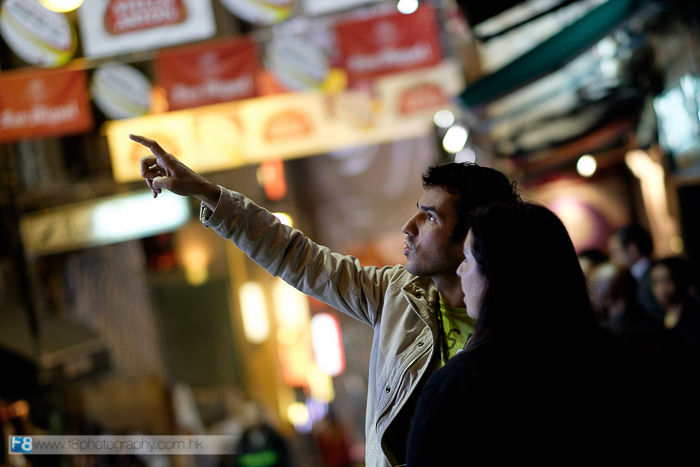
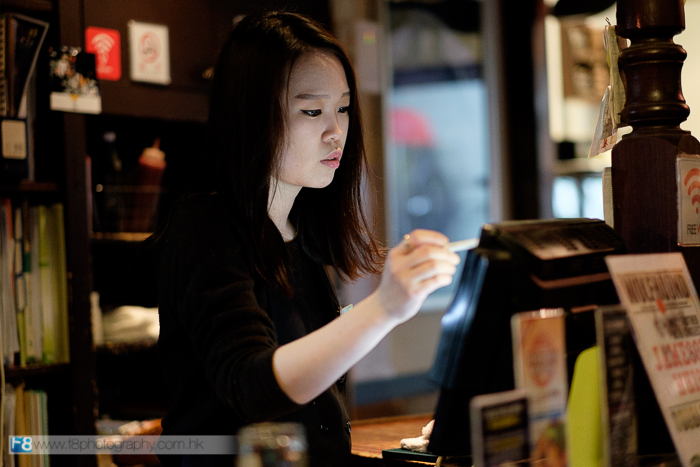
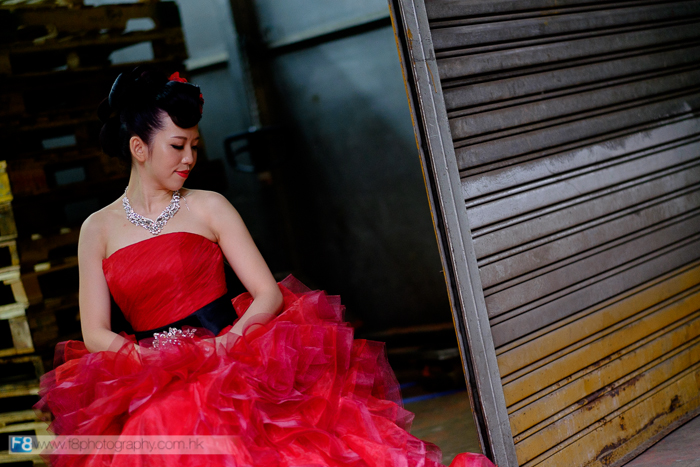
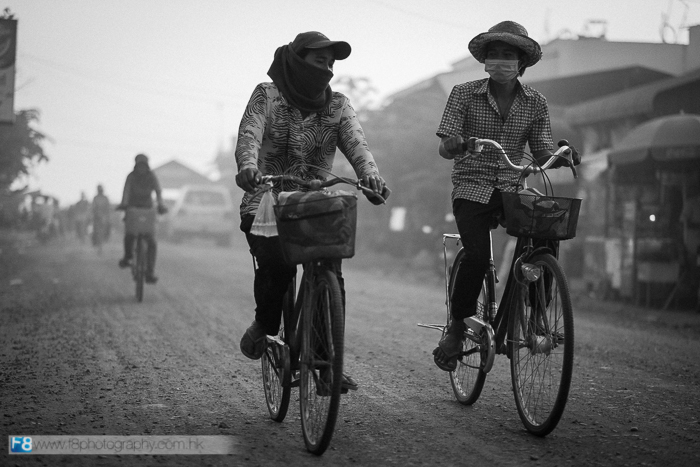
COLOUR
Spectacular, I have shot this camera in Hong Kong in artificial light, same in Korea, then in Cambodia in harsh light and amazing sunsets, and I can honestly say, I can't remember having even once touched the custom white balance tool in Lightroom to fix white balance, its delivered literally perfect white balance in every situation...something I have become quite unfamiliar with using Leica cameras in recent years, the Fuji is simply astounding at getting white balance and colour bang on, straight out of the box. That paired with the ability to use the Fuji colour profiles for Velvia, Astia, Pro Neg, etc is really a very, very cool thing in my view, post processing has never been so easy for the colour files.
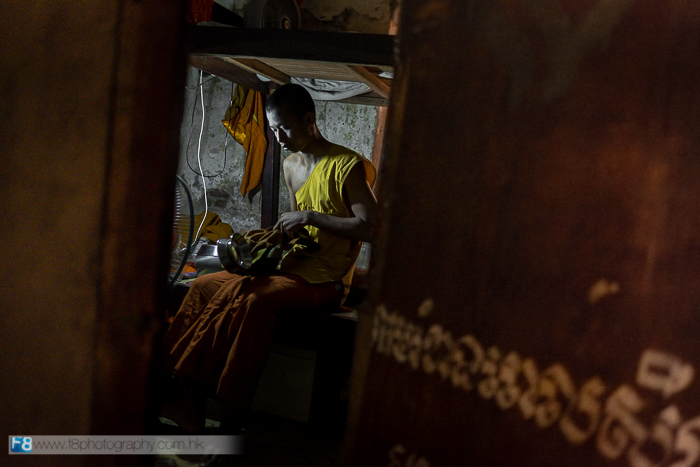
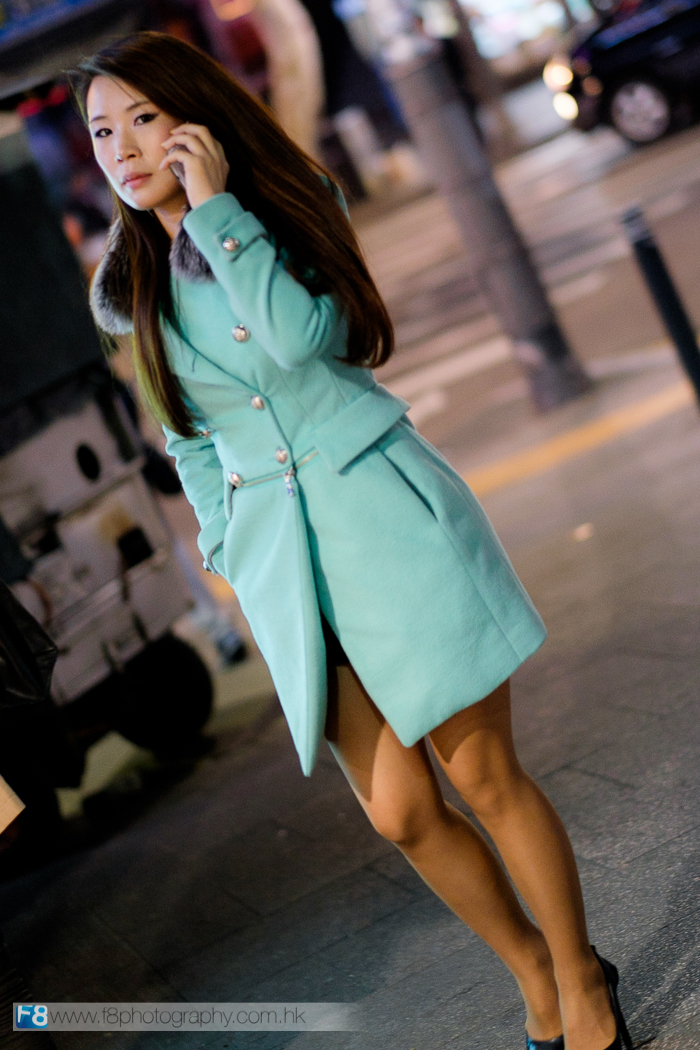

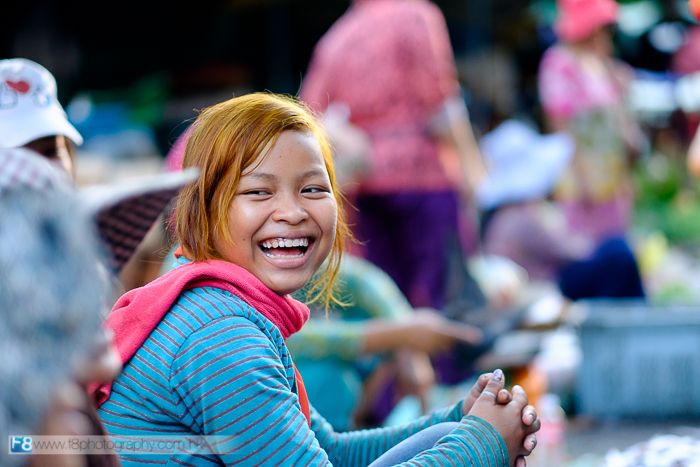 56mm. Direct from camera RAW with Velvia mode for strong vibrant colours throughout.
56mm. Direct from camera RAW with Velvia mode for strong vibrant colours throughout.

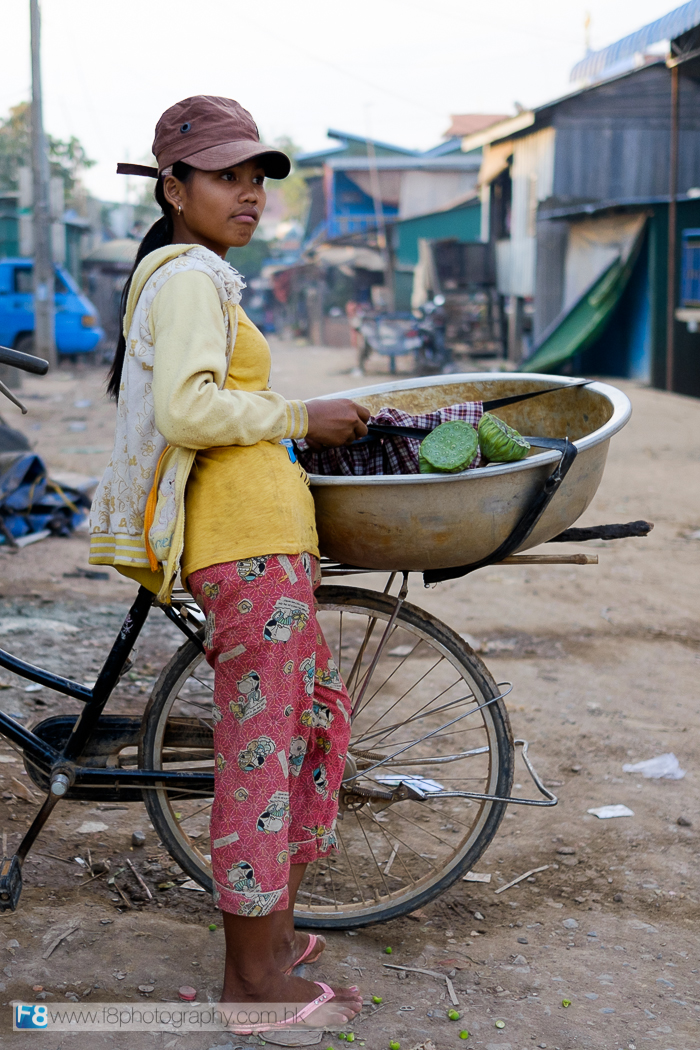 23mm. Direct from RAW with Astia for a softer more natural colour look.
23mm. Direct from RAW with Astia for a softer more natural colour look.
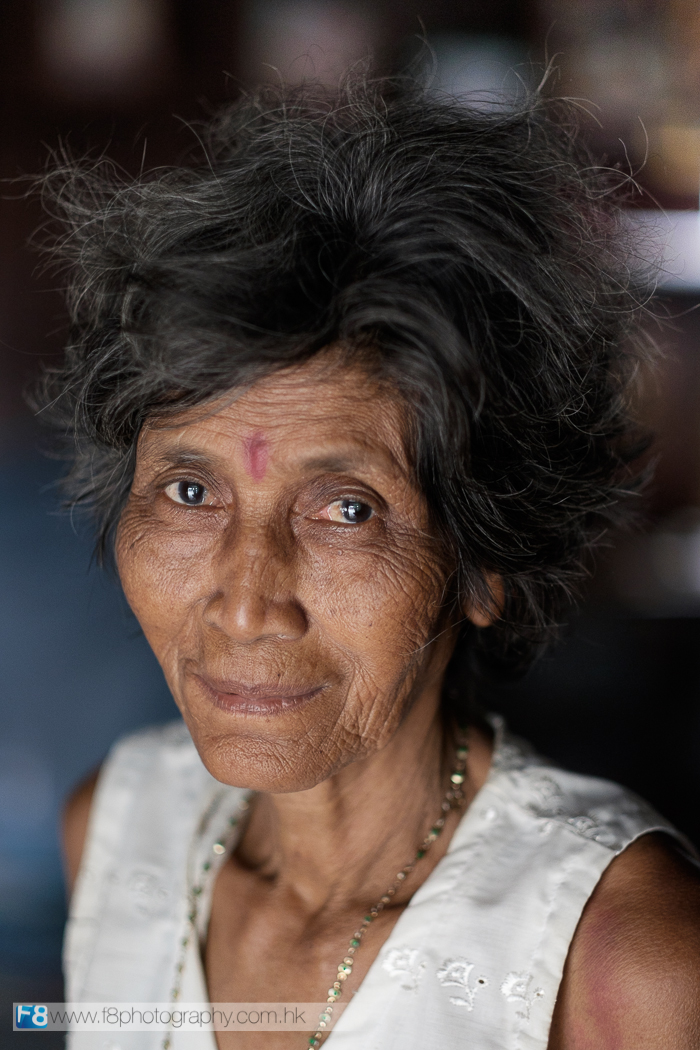
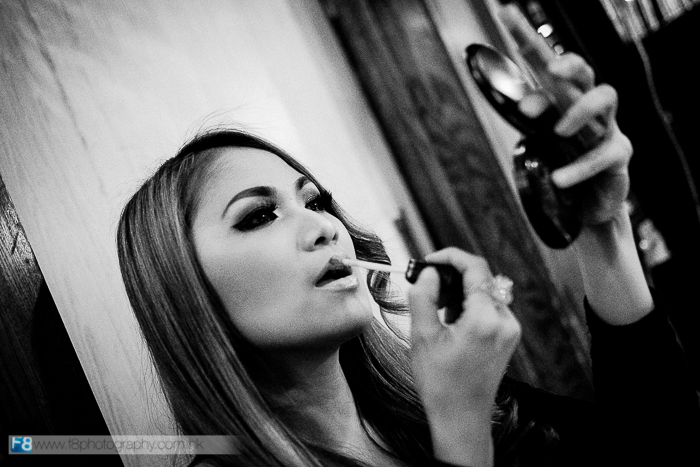
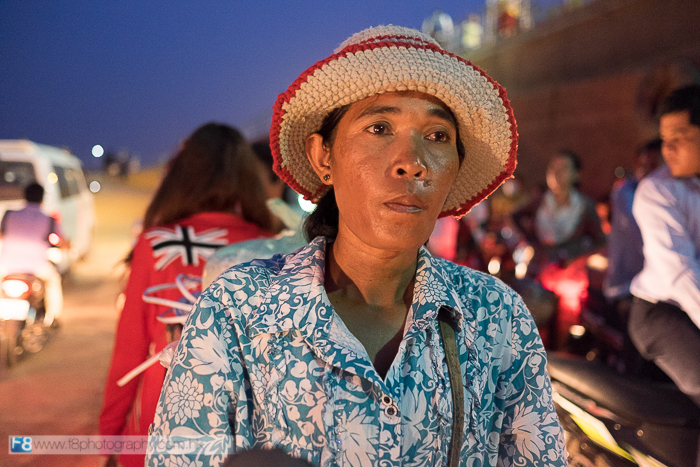
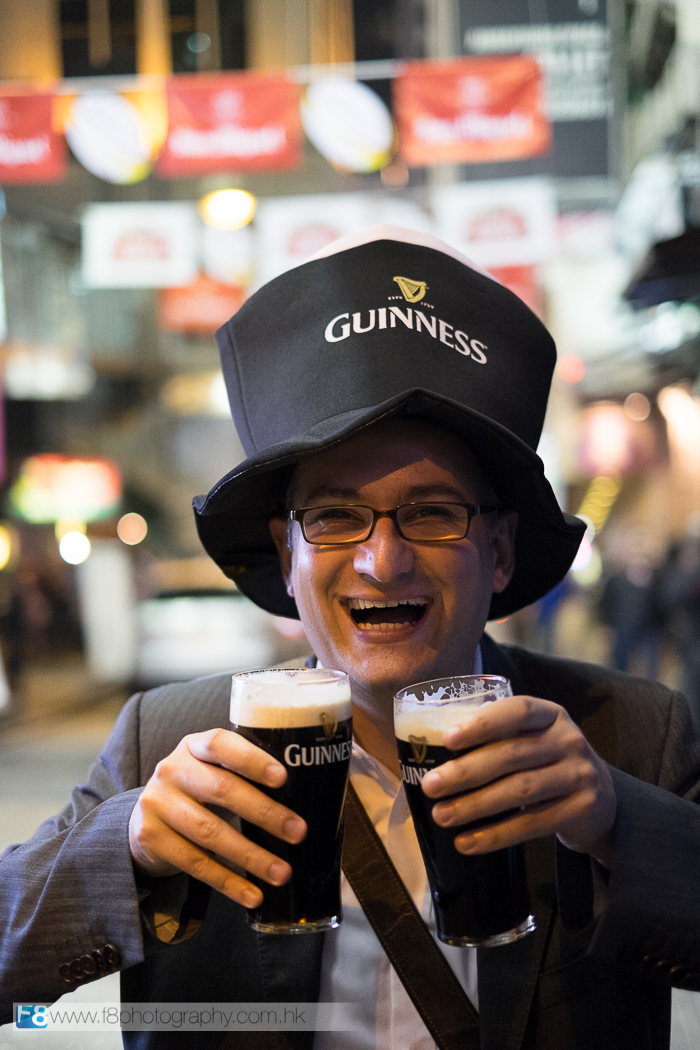
BLACK AND WHITE
I've been very happy with my black and white results from this camera, I'm not a big fan of the custom profiles in this regard (B&W red filter, Green filter and Yellow filter), simply because I prefer to process my files much more harshly in this regard, more grit and grain, the RAW files are basically too clean (as is normal for all cameras), so i still prefer to pull them over to Silver Efex Pro 2 to get the look I want.

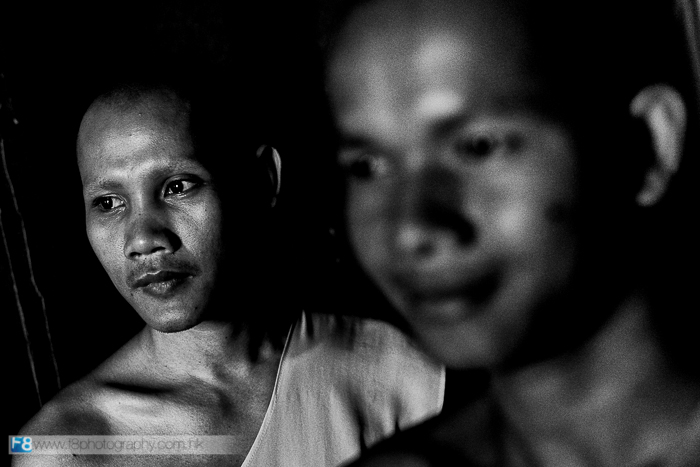

I have made a video tutorial on how I do my black and white with the X-T1 and any other camera for that matter, which includes flattening the image even more before going across the SEP2, the video link for that workflow is here:
https://vimeo.com/91315679
GIMMICK MODES AND PANORAMIC MODE
The camera has quite a few 'toy' modes, I won't go on about them, i don't use them, things like 'remove all colour except red', fake tilt shift, fake HDR, etc. I just tried it a few times, for fun with your friends, maybe...for serious photographers, doesn't need to be there...
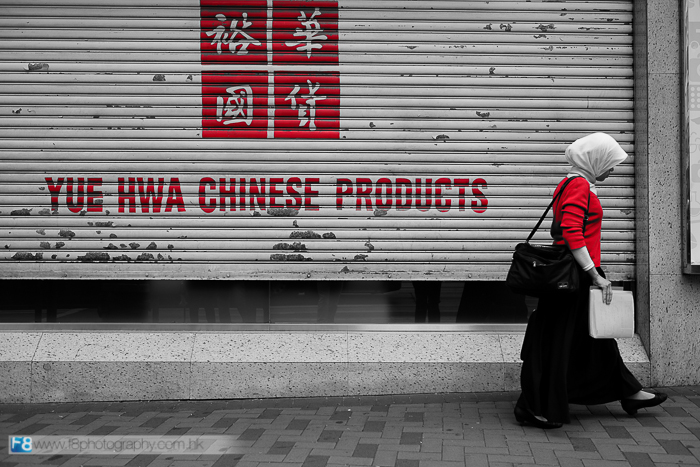
The panoramic feature is something quite cool thats been there since the XPro1 though, if you need a quick stitched JPEG that is very easy to do, this one i shot on a moving boat with the 56mm in almost darkness and it came out just like this, can't complain with that feature.

SHOOTING EXPERIENCE
As far as shooting the camera goes, I love it. I find the autofocus to be absolutely fine in good light, more than fast enough (not as fast as some full frame cameras or the OMD EM-1, but definately more than fast enough for most things (except sport - in fact if you want this camera for sports photography, stop reading now, and go and buy an OMD EM-1 or a D4s, its useless at tracking very fast moving subjects - I tried and failed badly shooting a basketball match and a soccer match, useless continuous AF for that....for someone walking or cycling down the street that you want to shoot however, its more than adequate.

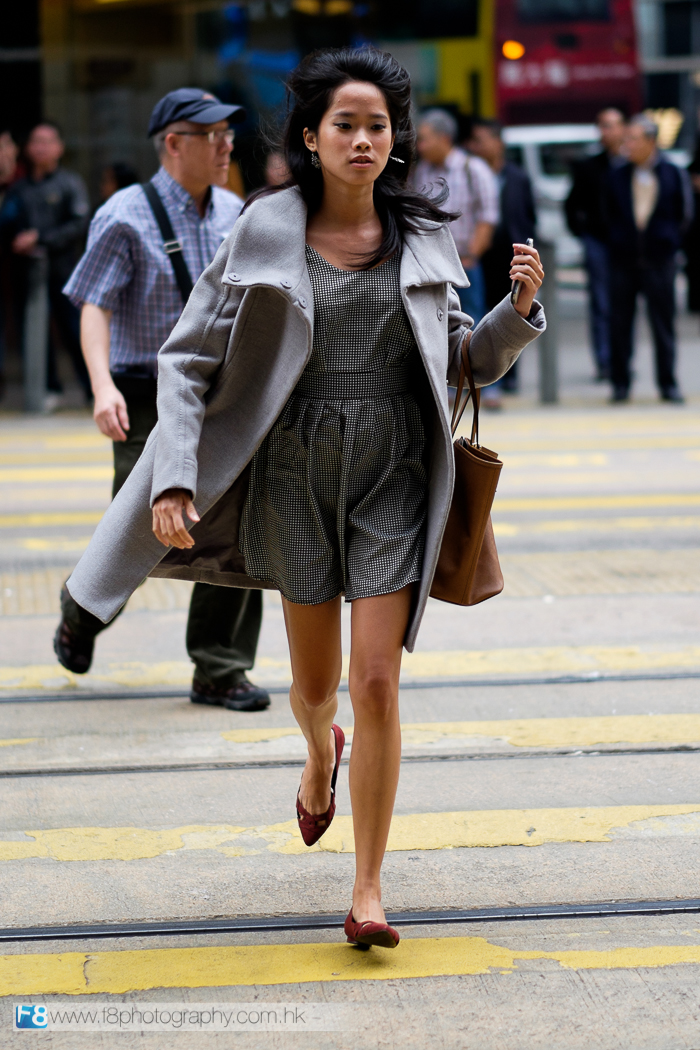
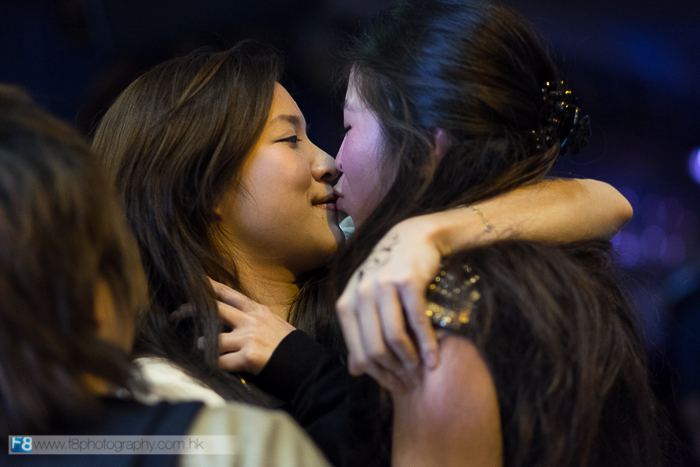
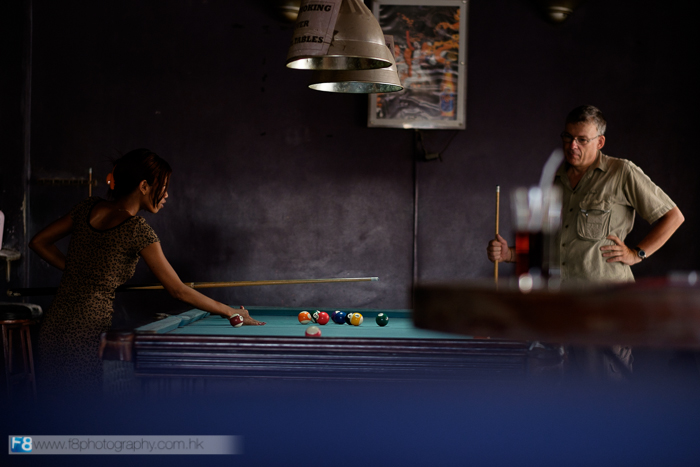
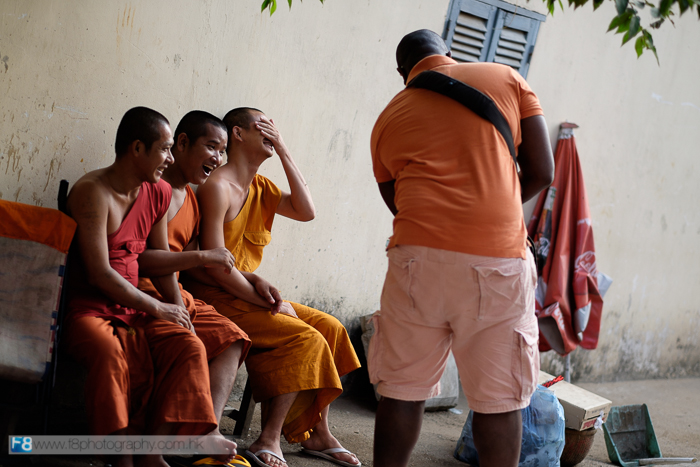
Metering is also very good with the Fuji, i shot in many situation where the light was difficult or backlit, and the meter generally coped well, and the exposure compensation dial is right there at your fingertips should you need it (and its stiffer than on previous Fujis so not easy to accidentally knock), as is the AEL button easily to hand to lock exposure. I have had absolutely no issues with getting the right exposures with this camera.
HOW FAR CAN I GO WITH ISO?
I would say I have no issues shooting anything up to ISO6400 with this camera. Above that its not great, certainly useable, but I have also had no need to go above 6400 and i do shoot quite a lot in low light so for me its no problem for this camera at all. The only thing that suffers in low light is the autofocus becomes a little laggy (a continuing Fuji curse), nevertheless I do believe its still quite a lot better than all the other existing Fuji cameras out there as at April 2014.
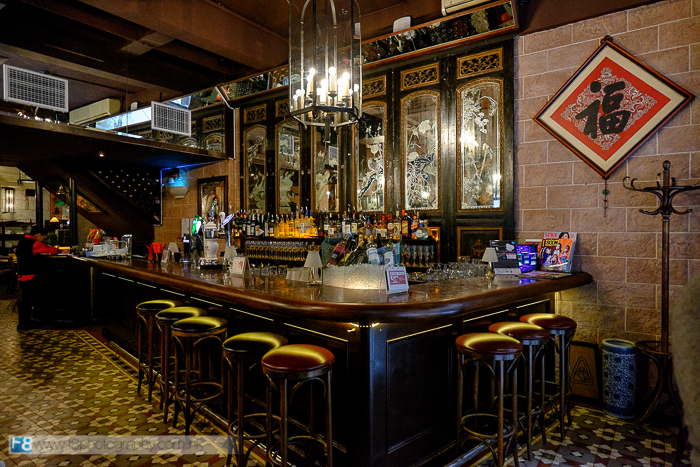
MANUAL LENSES AND MANUAL FOCUS
A fair few people I know from the Leica crowd have been asking me how the camera performs with Leica or M mount lenses. I have only tried a few lenses on there, the Leica 50mm 1.4 Summilux ASPH, the Voigtlander 50mm 1.5 ASPH, the old Canon 85mm 1.9 LTM and a Leica 35mm Summicron 7 elements. All of the lenses I have tried have worked perfectly well. The various modes for manual focus are EXCELLENT, you have focus peaking in a variety of different colours and strengths (red low/high for example), you have split prism focussing ability (my personal favourite with manual glass), you can zoom in for focus assist at the tap of a bottom should you require a zoomed image to focus if you have vision like a mole (do not underestimate the EVF in this camera, its like watching your first 42" plasma screen TV if you have come from EVFs that were developed a year or so ago...it really is a positive experience using this EVF (and as I've mentioned before, i used to HATE EVFs...this has changed everything. There is even another mode where you can have 2 images showing at once, your main view and a magnified smaller view of your focus point, all very cool, and you can't help but think whoever developed these features is really thinking about the photographer and what they want. Here's just a few samples from M Mount lenses with the Fuji...basically it just works with these lenses, it works well!

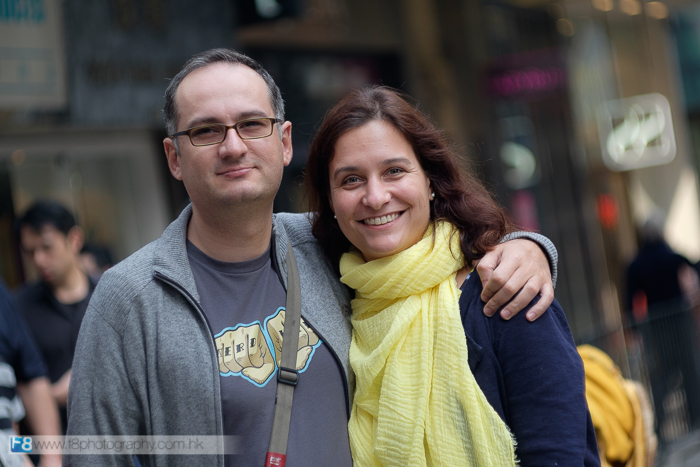
WIFI EXPERIENCE (CAMERA REMOTE SHOOTING AND PLAYBACK)
This is nothing short of spectacular experience on my iphone and ipad, i can connect instantly to the camera with one push of the wifi button, the app is very fast and responsive, for either downloading JPEGS to the phone/ipad (you must be shooting in RAW+JPEG to do this, it won't work with just RAW), so i can quickly send files to people I've just photographed or upload/email, etc.
The remote shooting part of the app functions perfectly, you can just connect by one press of the wifi button and then you have live view on the phone/ipad and can just use that to touch the screen and focus, change settings, looks, aperture etc, shoot stills/video, whatever you want, all without touching your camera, just works, and its the first wifi app that I've personally used that does work as it should.
BATTERY LIFE
The weakest link of the camera. I carry 4 batteries around with me, if you use the camera a lot, you will need a minimum of 2 batteries for a days shooting (that would be a bare minimum in my view, but I do shoot a lot), if you want to use the wifi app, be prepared for mega consumption of battery....I would recommend to any travel photographers to carry at least 3 fully charged batteries with you to ensure you don't miss any shots, it seems to show the full battery bar, then 1 bar less then all red, once red, you have about 10-15 shots and its gone....so for me the battery life is crap, don't quote me on this, but I think (not 100% sure) its the same battery as the X-Pro1 and XE-1, etc, with far more processing power and much better EVF, its normal that its going to suck up way more power, so i hope they either release some higher capacity battery or do something in the firmware that at least gives you a better warning...I also tried a third party battery, that was twice as bad as the Fuji ones, so at least try to stick with Fuji batteries if you can.
PRO’S
-Best EVF I've ever used (in fact the only one I like). - Fast shooting rate (8fps or so, more than fast enough) - Love all the options for manual focus (assist zoom, peaking, split prism) - Weight - the camera is light, as are the lenses (less 23mm and 56mm) so its great for travel, small, light and unobtrusive. - Styling, the dials on top look good, they feel good, Fuji are much better at styling their cameras than Nikon or Sony.
CONS
- SD card door flimsy quality and easily knocked open, very prone to breaking I think. - Battery life is pretty crap (need at least 2 batteries for a long days shooting). - rear dial buttons are a little small and inset, so people with sausage fingers might find that annoying, no problem, just a minor glitch.
CONCLUSION AND FINAL THOUGHTS
So, I think that just about sums it up for me, I'm a very happy teddy bear when I use this camera, I can honestly say its 'fun' to use, fast, responsive, feels good in the hand and apart from the minor gripes that I have outlined above, its easily my favourite mirrorless autofocus camera to date. Some people will be confused as to why I preferred this over the Sony A7, thats a no-brainer to me, its not just about image quality - I agree the Sony is better IQ for sure, however, the ergonomics of the Sony are junk, the sound of the shutter on the A7 is useless for close up street shooters who want to be quiet, discreet and unobtrusive, the menu systems in the Sony are confusing (I'm easily confused by the way...), and the complete lack of available lenses (the 2 that are available are good of course), makes the decision between these two cameras an easy one for me, the Fuji is simply a complete system option, much like the 4/3 systems that are on offer, although I believe the APS-C sensor is the way forward for these size cameras, everything is in proportion, lenses, body, etc, etc, and not enough lack of quality from full frame for it to be an issue.
HIGHLY RECOMMENDED SYSTEM, EASILY THE BEST MIRRORLESS CAMERA OF 2014 (SO FAR FOR ME)
If you want to stay in touch, join one of our photography workshops in Hong Kong, Cambodia, India or elsewhere, keep track of our images, or even just to say 'hi' please check us out at the following link on our public facebook page:
www.facebook.com/garytysonphotographer
or at my commercial website:
Thanks for taking the time to read my opinion.
Gary Tyson
